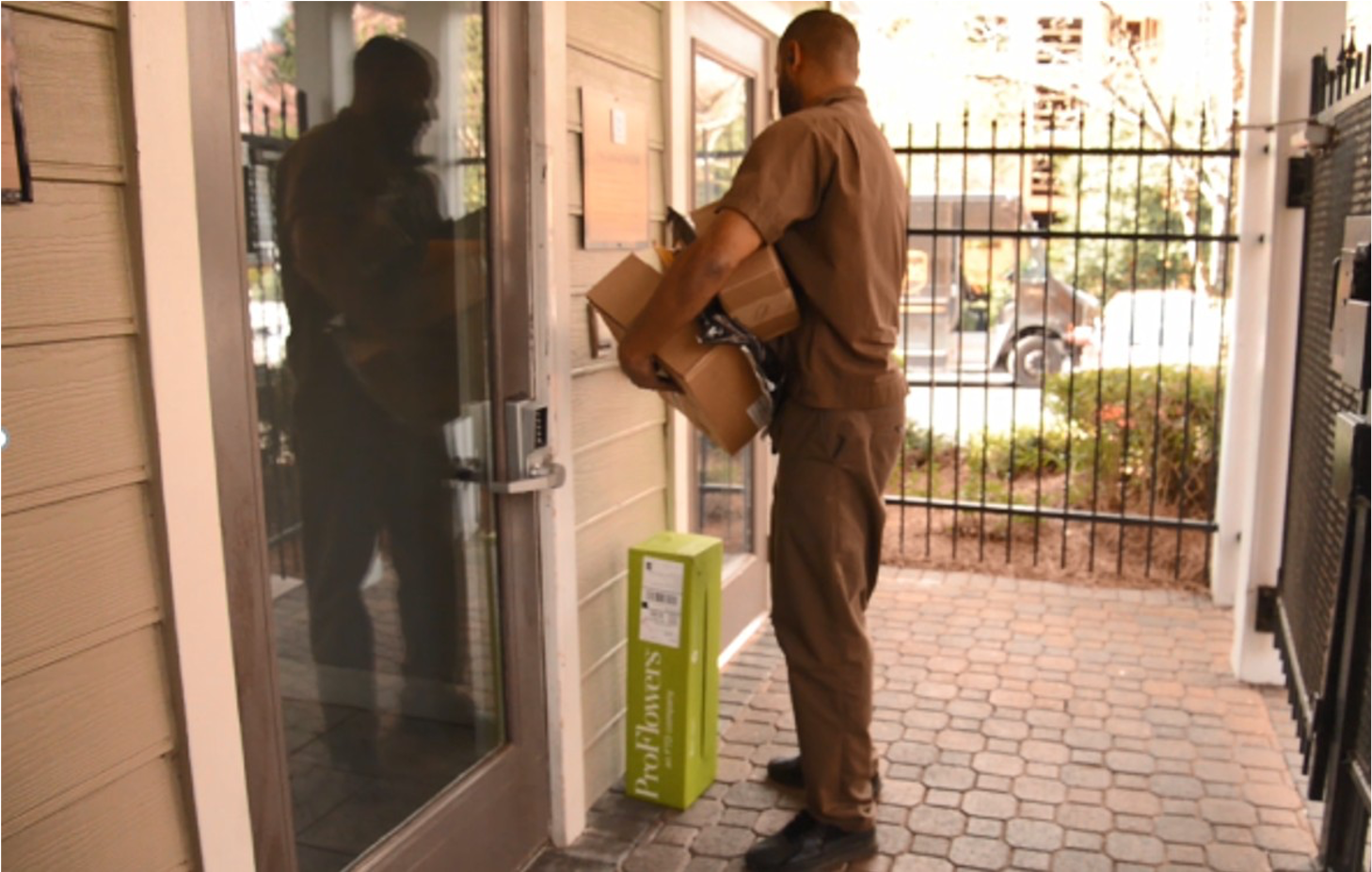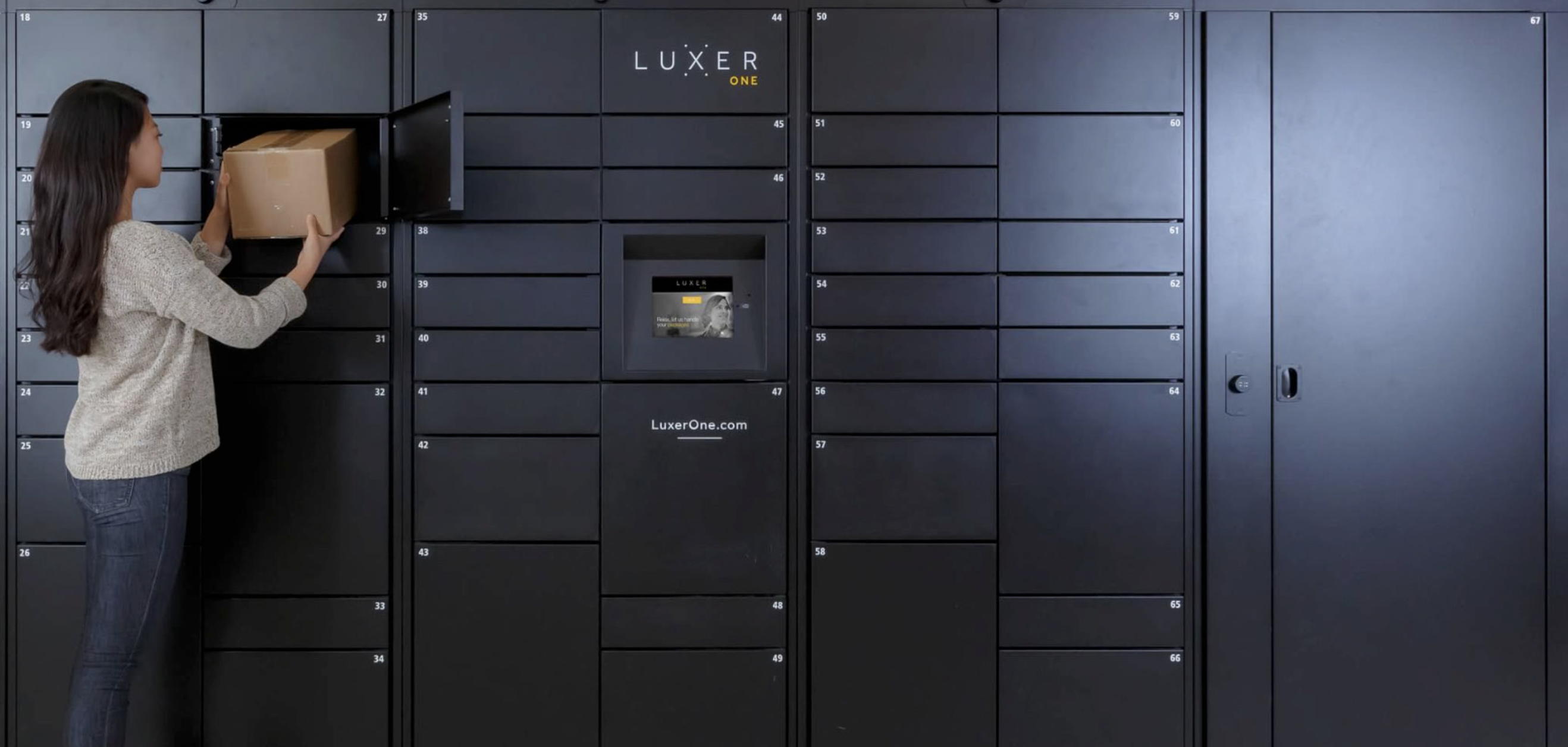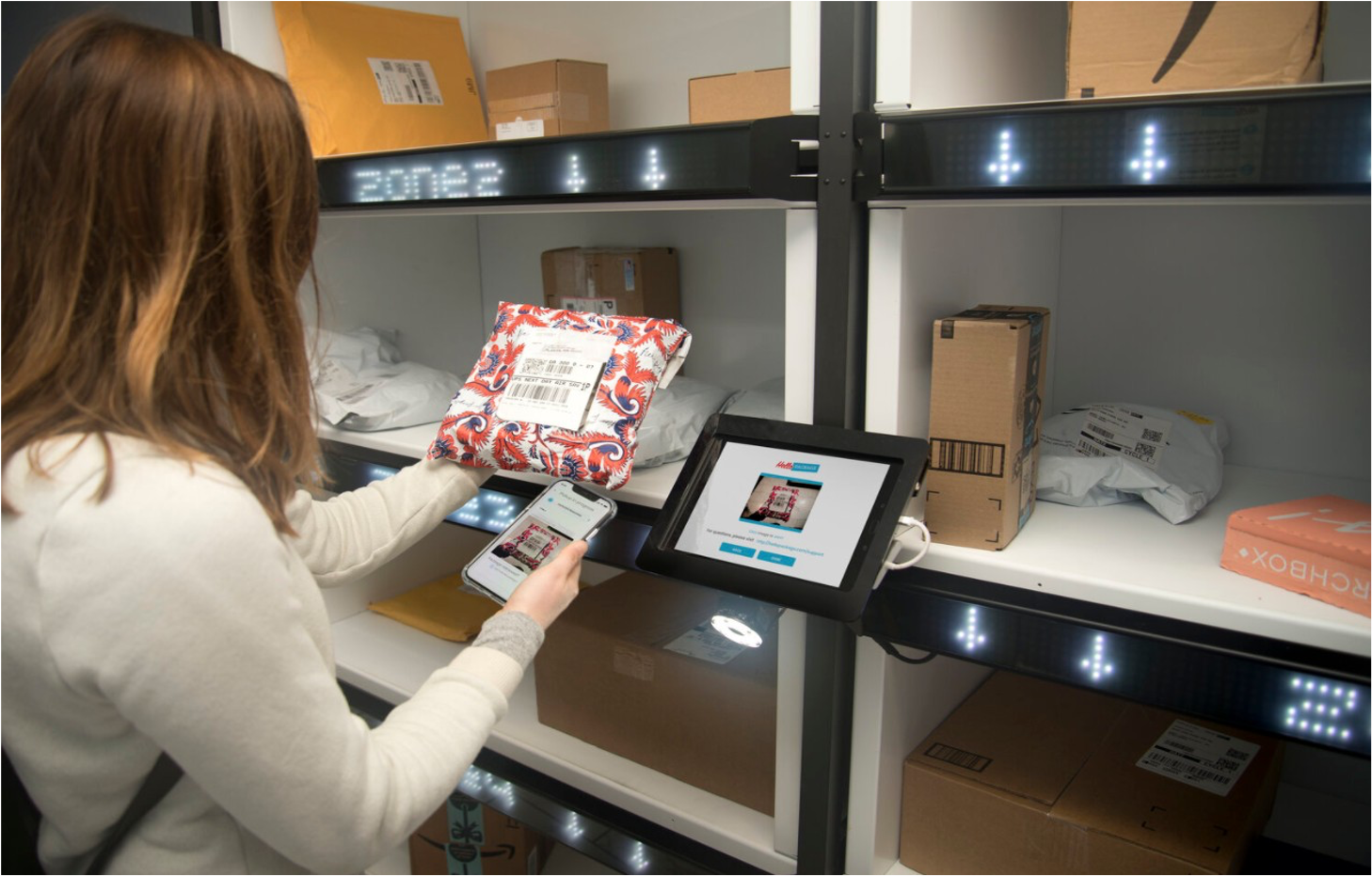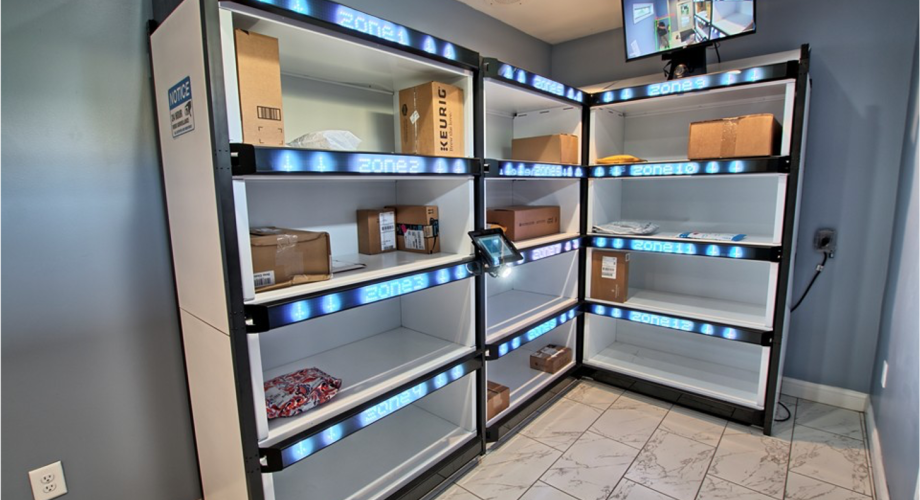As buildings become more technologically advanced, property owners are beginning to implement systems that streamline package delivery and take the weight off the property managers’ shoulders. An increase in online ordering has caused managers to spend hours sorting and organizing deliveries every day, however, hardware-and-software-based package delivery options allow for a reduction in staff labor, improve delivery security and the tenant experience. In a recent survey by C+R Research, 43% of survey respondents said they had been the victim of package theft, and 61% said they know someone who has had a package stolen in 2020. These package delivery technologies can mitigate security issues with a variety of methods including the use of secure locker systems or package room access audit trails. As package delivery systems use has increased in residential environments a trend to include them in commercial office spaces is also gaining momentum. Many people have begun shipping packages to the workplace in hopes of better security and availability.

As part of our holistic tenant technology program, Bala works with our clients to evaluate package delivery options and match the appropriate package technologies to the staffing and tenant amenity plans for each unique property. As a project is developed, Bala assesses what type of space would allow for a delivery system and presents property owners with options, costs, and tenant experience impact summaries.
Delivery systems are comprised of on-site lockers or a designated room within the facility for delivery drivers to securely deposit packages and assign them to residents or employees, who in turn are notified via text, app or email when the package arrives. Prior to the application of these systems, many packages were left in the building’s unsecured common areas, making theft or accidental package mix-ups a frequent occurrence. By creating an audit trail and notification system, the delivery process is streamlined and can reduce or even eliminate package liability.

The delivery systems come in a variety of sizes and types, from lockers to rooms with refrigeration, and are scalable according to resident or employee count. Residents have 24/7 access – instead of rushing to grab their package immediately after it is delivered to avoid losing it, they can trust that it will be safely waiting until they are able to pick it up. Outbound returns can also be set up and left in the lockers, and in most cases any package issues can be handled directly with the package delivery system.
The hardware-based package delivery systems also improve the property manager’s oversight on package management, which has increased dramatically - over 60% this past year due to the COVID-19 Pandemic. Most systems can integrate with a variety of major property management platforms to automatically update their resident directory and make the process incredibly seamless for property managers.
Another popular and more cost-effective package delivery option is a software-based package delivery system. An app or web-based platform is provided for building managers, receptionists or anyone accepting packages to easily scan items when they arrive. Similar to the hardware-based options, residents or employees are notified when their packages arrive and receive information on how to retrieve them, however, the packages are not left in private lockers. This option still reduces package liability, paperwork, and pileup and, again, takes the burden of package management off the property manager. The software-based options sync with the property directory, can include analytics and reporting software and sends automatic reminders for people to pick up their packages.

While software systems are most popular in commercial office spaces of all sizes, hardware systems are more commonly found in multi-family projects. Hardware systems are also growing in popularity on college campuses and can take the place of a mail room. This allows for greater security and flexibility, as students can retrieve their deliveries 24/7, rather than being constrained by a mail room’s operating hours.
Adoption with the mail carriers is key to the system’s success. If delivery drivers do not take the time to scan the package and open the lockers, the convenient and seamless nature is lost. Drivers from major carriers like USPS, UPS and FedEx typically understand the systems and deliver accordingly, but the rise in contract drivers and other retailers can cause issues when different drivers show up every day. Some package delivery platform companies have taken on this challenge by offering direct support and contact with the local carriers. Others have gone so far as to provide live monitoring and on-demand training for people who do not understand the system or who are not following the rules.
Technology is a key component in defining a tenant’s residential life experience and allows access to building services from wherever they are. Alongside Keyless/Touchless entries, elevator call systems and video intercom, package delivery systems are quickly becoming a common amenity in multi-family buildings. As these technologies make apartment living more seamless, safe and convenient, they will likely grow to be even more popular and expand to other types of projects, such as offices and retail locations.

